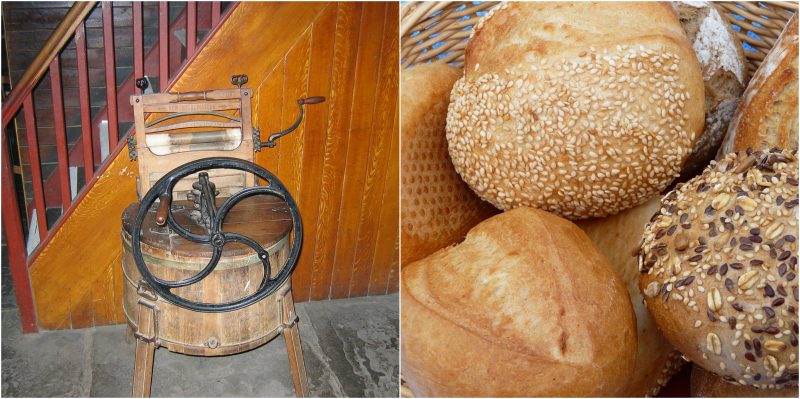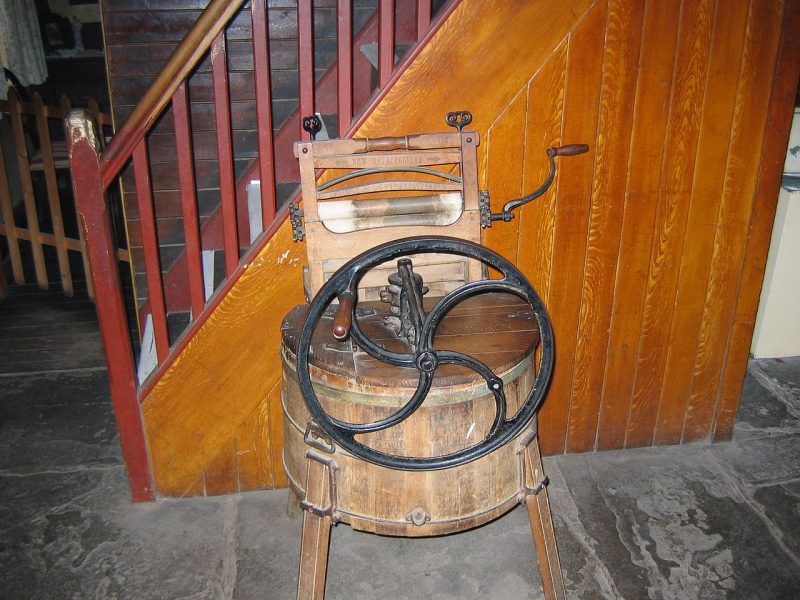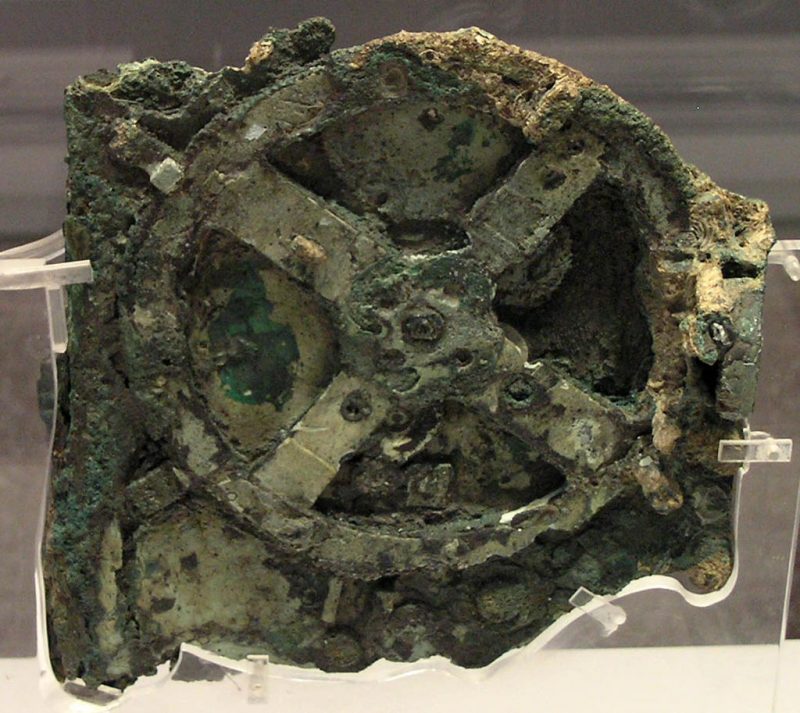
Most homes are complete with appliances such as a stove, washer and dryer, and refrigerator, to name a few. We generally take these appliances for granted and don’t really stop to think: Where and how did these got here? Who invented these useful contraptions we rely on daily?
Scientists and historians believe that these contraptions could have been built thousands of years ago. Of course, people didn’t always have electricity or automated appliances, but for their time, some of their versions were amazing.
Here is a list of the appliances that were created thousands of years ago:
-
The washing machine

19th-century Metropolitan washing machine.Source
Evidence suggests that this machine was being used by the Romans in 100 AD. The word that the Romans used was “fulling.” It was a major occupation in the Roman world, having people clean cloth by trampling it in tubs that contained an alkaline solution. Those solutions could be various things, but were mostly water, urine, or a mineral known as fuller’s earth.
In ancient Antioch, which is now Turkey, evidence suggests that the process would have had to have been mechanized. The Romans must have effectively made the world’s first washing machine, dating as far back as the 1st century AD. It was originally thought of as a medieval invention. The mechanical fulling machine would have had a waterwheel that lifted a trip-hammer, which would then press the cloth.
A fuller’s canal was mentioned in an inscription in Antioch; it would have supplied 300,000 cubic meters of water at a meter per second. This was far more excessive than what was needed for regular foot-powered fulleries. The power that the contraption generated means that it would have supported fulling on an industrial scale and used perhaps, 42 pairs of mechanical hammers.
-
Ancient Greek computer

The Antikythera mechanism.Source
In the 1900’s, divers off the coast of the Greek island of Antikythera discovered something that would change our thoughts about ancient science. The Antikythera Mechanism is a bronze system that contains 30 gears and models the cycles of the sun and moon. It could be the first analogue computer and dates back to the 1st century BC. It is set in a wooden box with internal gears which would have turned dials on the outside to show the position of the sun and moon. It also showed the rising and setting of specific stars and, possibly, the locations of Mars and Venus.
Another dial on the contraption could be moved to study the Leap Years. It is thought that the Babylonians discovered how to use geometry to track the course of Jupiter around 1,800 BC, but the Antikythera Mechanism is the earliest known device that automatically calculates the astronomical phenomena.
We don’t know of any other similar devices until several hundred years later in the 8th century AD, when the mathematician Muhammad al-Fazari built the first Islamic astrolabe. Then, from there, nothing as sophisticated as these two mechanisms would appear until the European astronomical clocks of the 14th century.
-
Roman bake off

Bread. Source
Bread was a major part of the business world in Rome. It was given out by the state as part of a dole known as the Annona. This meant that the bakers made a great deal of money. One of those was known as Marcus Vergilius Eurysaces, an ex-slave from Rome. He was so proud of his success in the baking business that he commemorated it on his tomb, which is still known as one of the most striking tombs in Rome.
The monument is decorated with several scenes that depict baking activities like mixing and kneading dough, forming loaves, and stacking the loaves in baskets. The most interesting part of the tomb is the cylinders that make up the monument; the shape and size have stunned scholars for a long time. The theory is that the cylinders are supposed to be related to baking and might represent an early version of a dough-mixing machine. If so, it would have had a rotating metal arm attached to the cylinder to mix the dough.
-
The first space project
In the 9th century in Baghdad (now Iraq) there existed an ever-growing scientific community especially concerned with astrology. It was centered around a library known as the House of Wisdom. The problem for scholars who attended was that their books were written centuries before and had come from many different cultures. Those included were Persian, Indian, and Greek and they did not always agree, having their own theories.
The Caliph al Ma’mun had decided that the only solution was to build an astronomical observatory so that the city’s scholars could determine the truth for themselves. Observatories weren’t new, but a state-sponsored institution was. It is not certain which instruments were used in the al-Shammasiyya observatory, but most likely they included a sundial, astrolabes, and a quadrant that was set on the wall to measure the precise positions of objects in the sky.
The quadrant may have been the first of its kind to be used in astronomical observation. The scientists used the instruments to reassess Ptolemy’s Mathematical Treatise from the 2nd century AD; many new observations were made concerning latitudes and longitudes of 24 fixed stars.